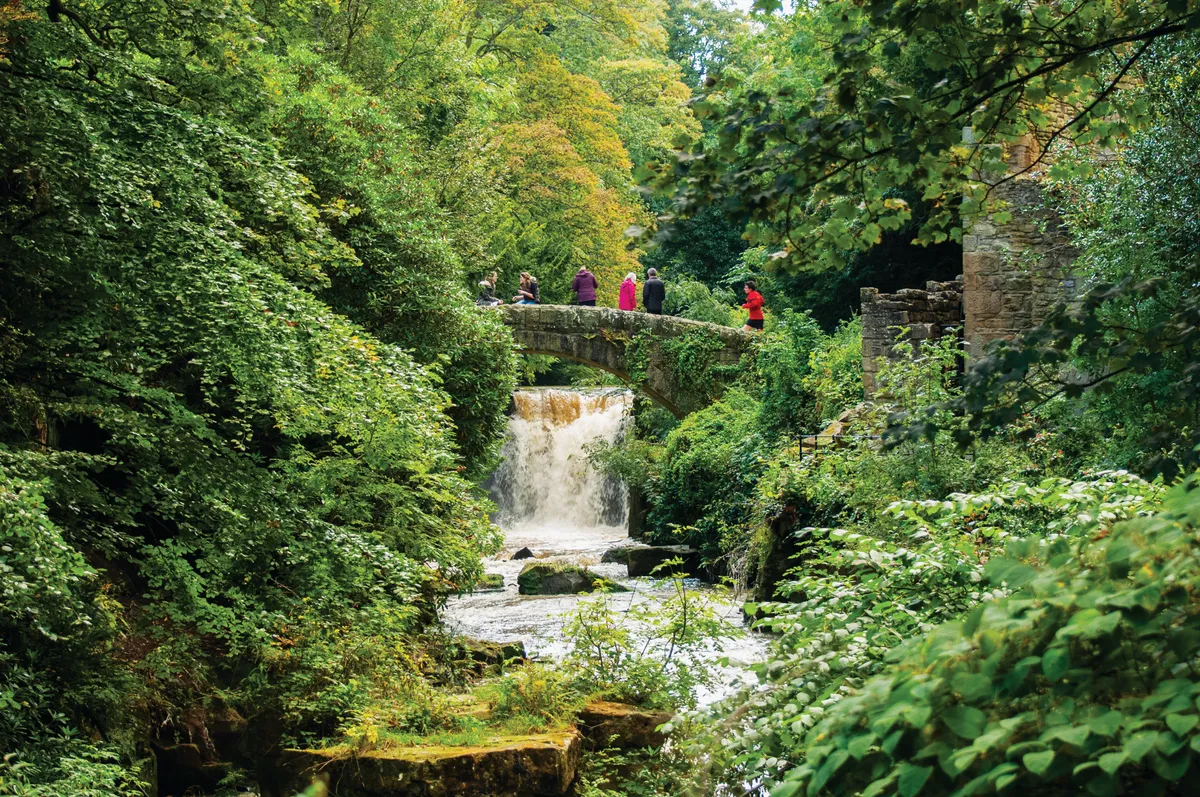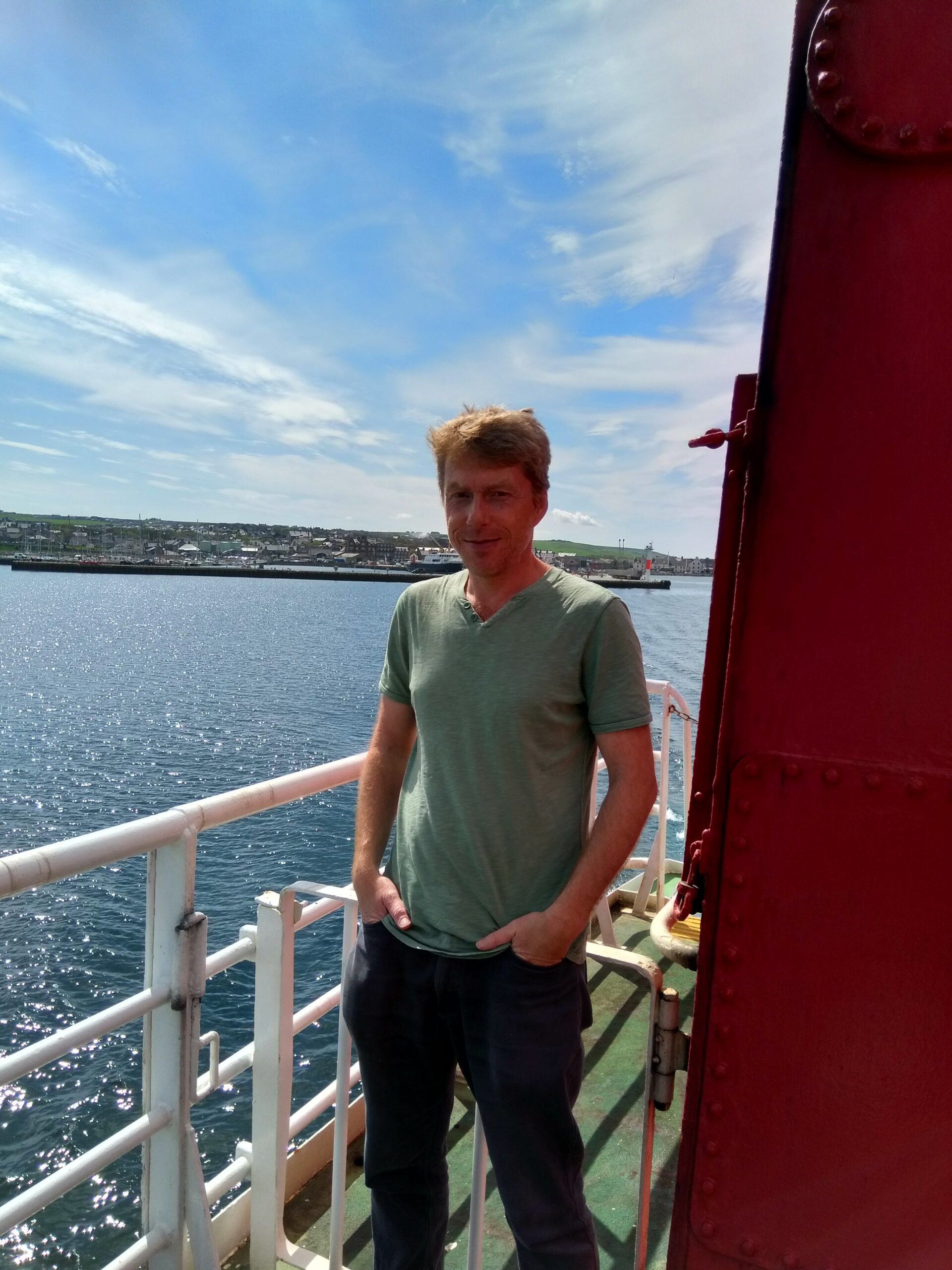Tumbling down from the north of Newcastle, the Ouseburn river rises most magnificently as it passes through Jesmond Dene on its six-mile journey from Callerton to the city centre.
The Ouseburn is a glacial stream that cut south to the Tyne as the last ice age melted away (‘dene’ is a regional term for a ravine). Here, there is an astonishingly rural, peaceful rhythm for somewhere so close to the city.
Microclimates sprout up here and there; dense, mature rhododendrons and rhubarb-like gunnera transform damp groves into an experience of walking through a gloomy jungle. Meanwhile, mosses and ferns take advantage of every crack and cranny.

Look out for the delightful dipper, bobbing and scuttling across the tumbling waters of the dene. This is an excellent place to see a bird more typically associated with upland landscapes, such as the Cheviots and Otterburn to the north of the city.

Jesmond Dene wildlife
The dene boasts several elderly yews; in their branches you have a good chance of seeing both goldcrests and, with luck, firecrests. A flash of iridescence may herald the arrival of a kingfisher with its eye on the shoals of sticklebacks.
Look out for nuthatches, too, as the dene represents the northernmost extent of their range. Visit at first light and you may even spot an otter; in 2012, the first local cubs in living memory were born here.

Explore the dene in winter and you will see the white-stemmed ghost bramble, with its spookily pale canes that add a moody tone. In places, the riverbank acts more as a floodplain meadow, allowing light to shine through and hint at perfect picnic spots for warmer weather. The ornamental rocks, bluffs, weirs, stepping stones and waterfalls you see were commissioned by Lord Armstrong, an industrialist who bequeathed the dene to the city in 1883.
Walking at Jesmond Dene
The best way to enjoy the dene is to simply follow the footpaths on either side of the water for a mile or two in each direction; several bridges allow you to meander from one side to the other. A logical start and finish point is the splendid wrought-iron Armstrong Bridge to the south of the most wooded part of the dene.
The river heads south for another mile to the Tyne, where you will find the world’s most inland colony of kittiwakes.

